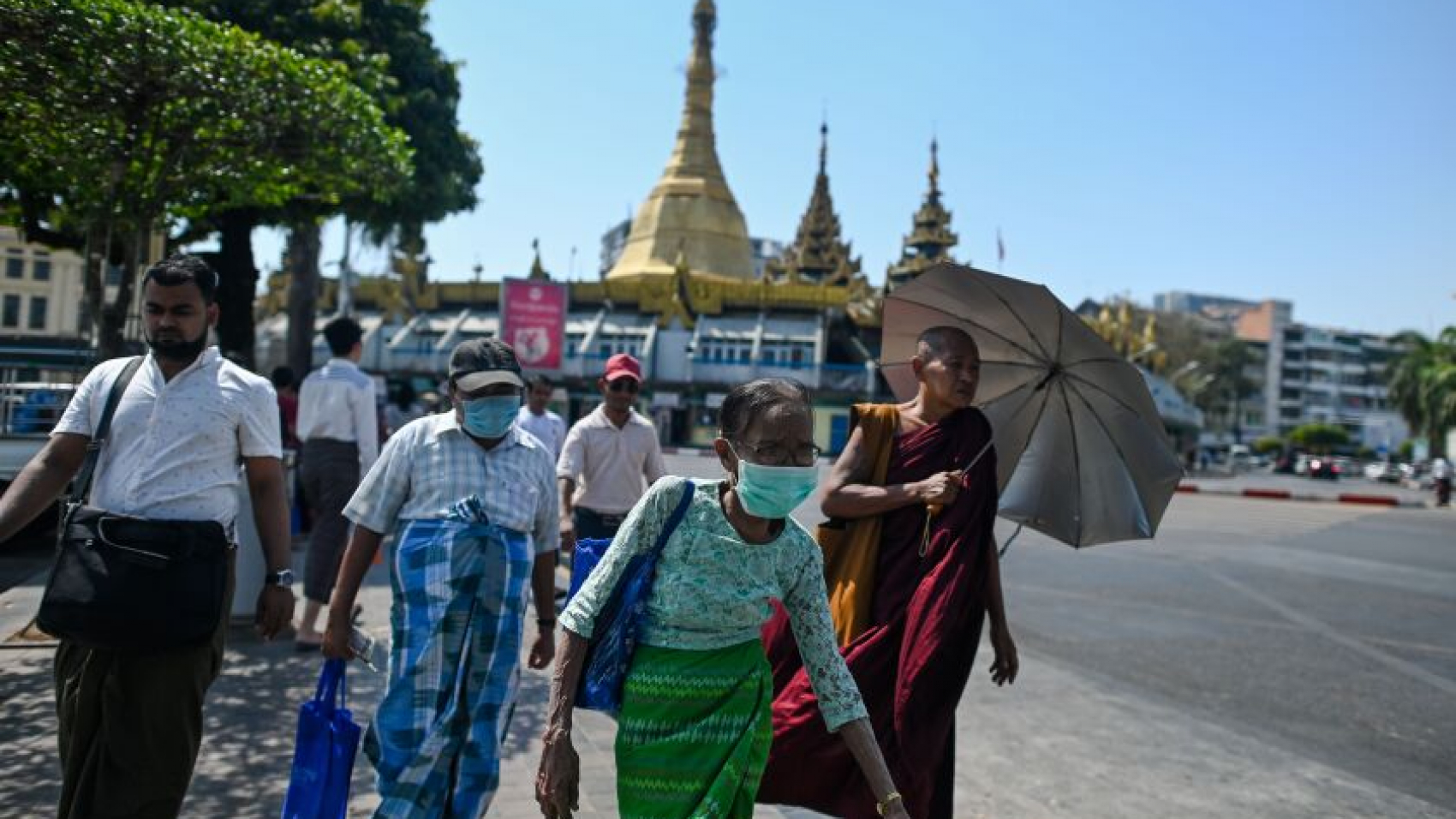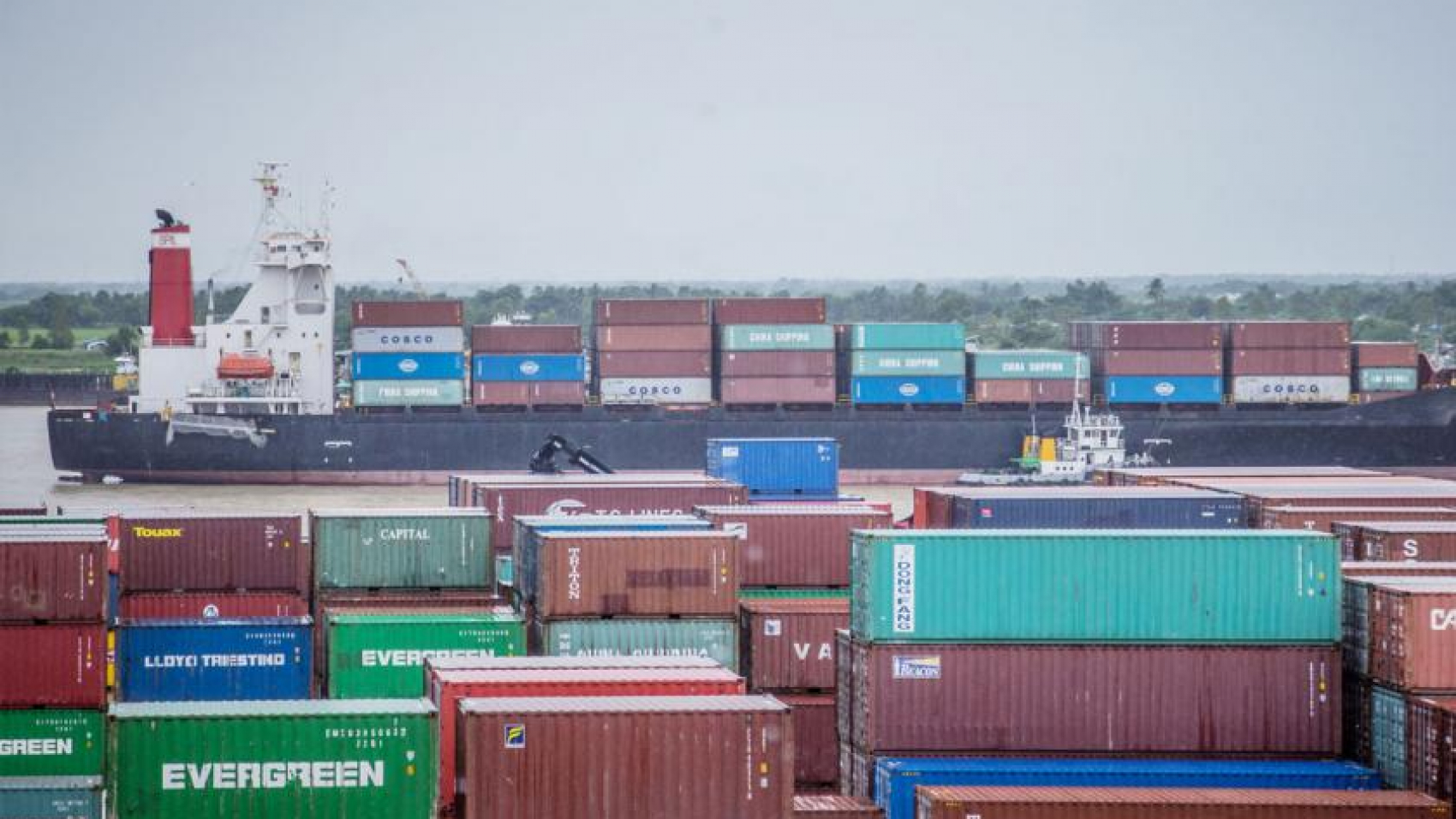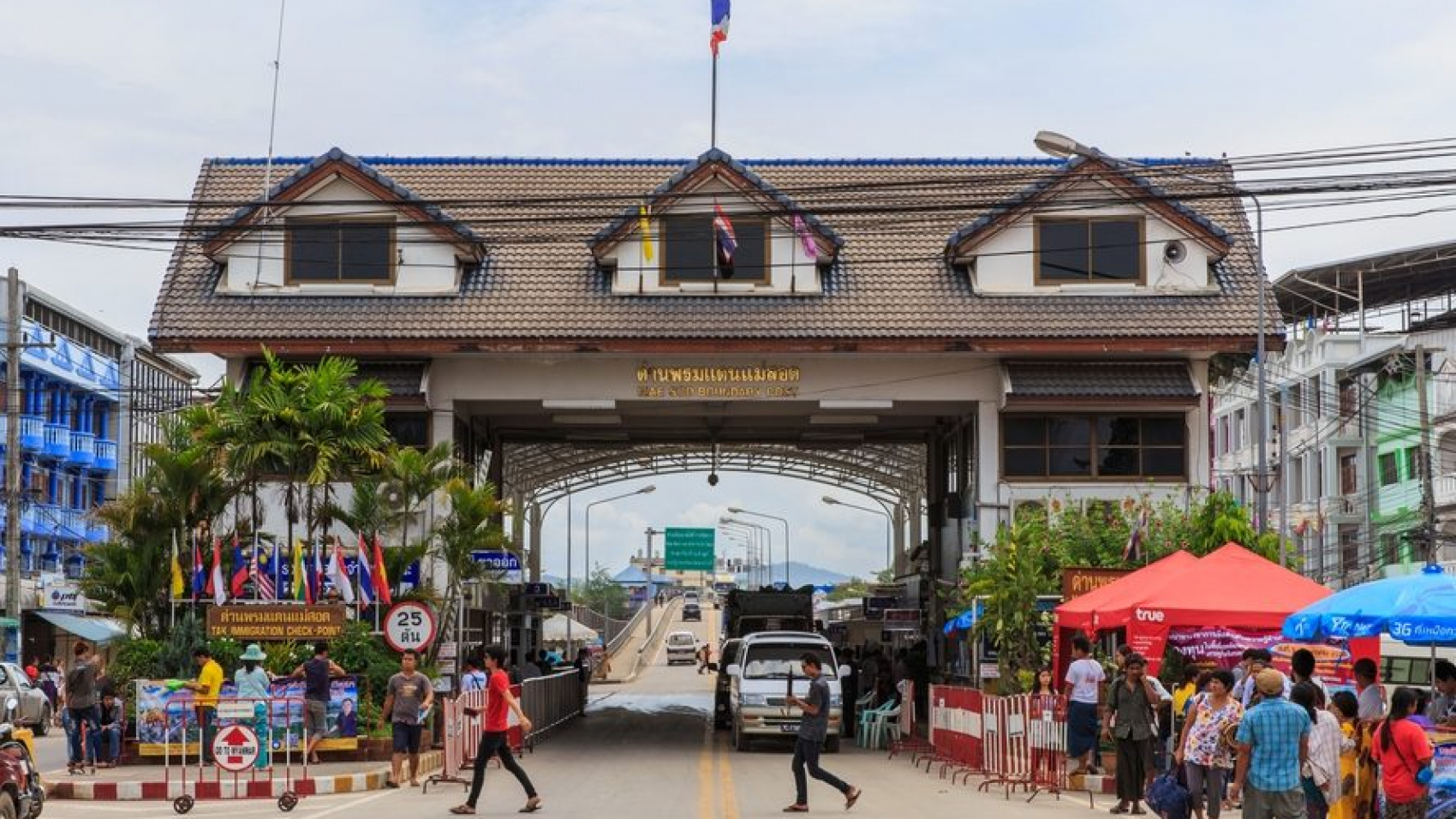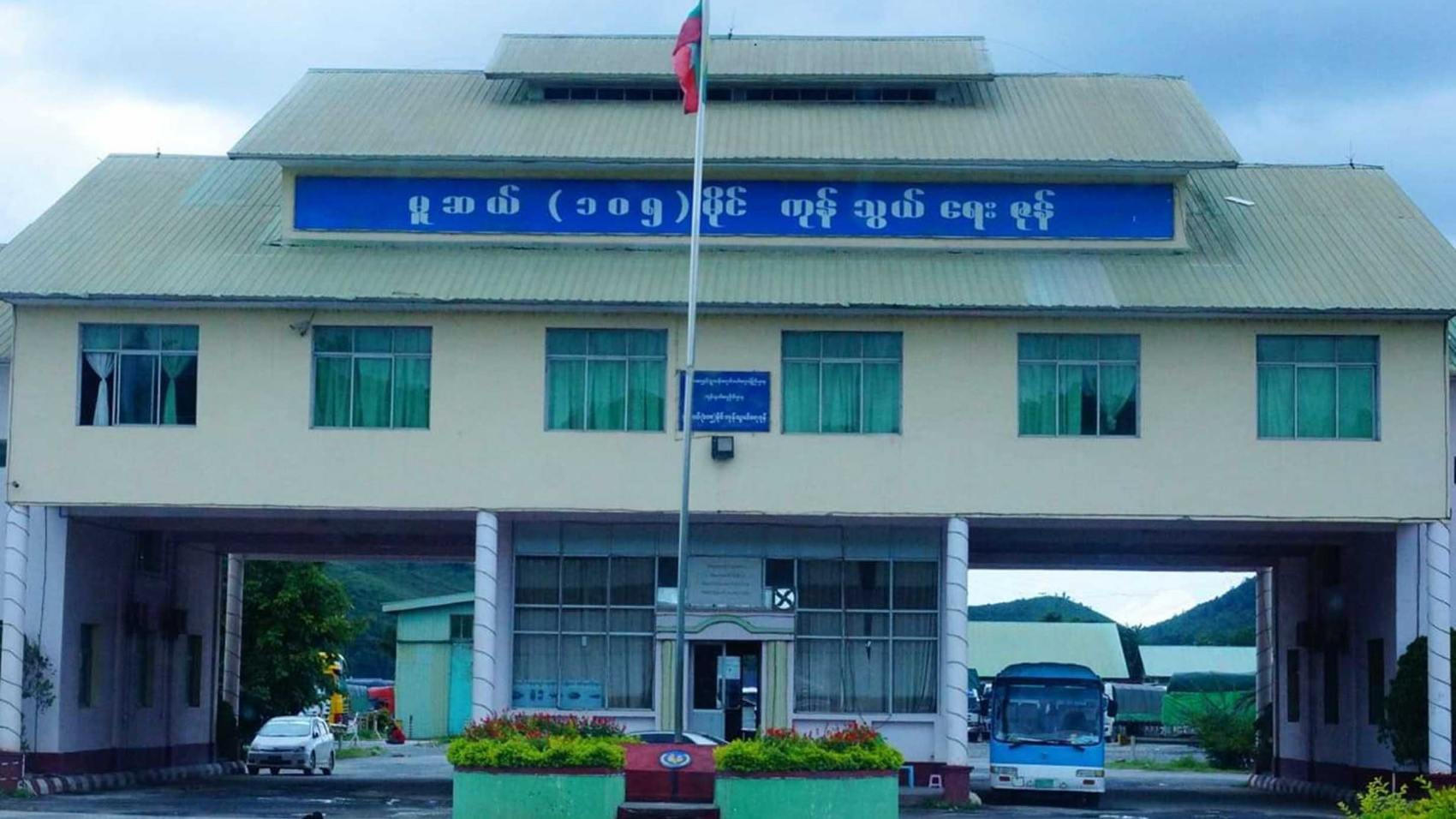The prices of domestic fuel prices increased by about K150 per litre of Octane 92 and Octane 95 within two days, according to the Supervisory Committee on Oil Import, Storage and Distribution of Fuel Oil. As per the retail reference rate issued by the Committee on a daily basis, oil prices stood at K1,665 per litre for Octane 92, K1,715 for Octane 95, K2,110 for premium diesel and K2,050 for diesel on 25 July. The prices jumped to K1,810 for Octane 92, K1,860 for Octane 95, K2,135 for premium diesel and K2,080 for diesel.
The price hike is followed by the price set by Mean of Platts Singapore (MOPS), the pricing basis for many refined products in southeast Asia. Singapore MOPS price has risen for now. The committee is governing the fuel oil storage and distribution sector effectively not to have a shortage of oil in the domestic market and ensuring price stability for energy consumers. Additionally, the Petroleum Products Regulatory Department, under the guidance of the committee, is issuing the daily reference rate for oil to offer a reasonable price to energy consumers.
The reference rate in Yangon Region is set on the MOPS’ price assessment, shipping cost, premium insurance, tax, other general cost and health profit per cent. The rates for regions and states other than Yangon are evaluated after adding the transportation cost and the retail reference rates daily cover on the state-run newspapers and are posted on the media and official website and Facebook page of the department on a daily basis starting from 4 May. As per the statement, 90 per cent of fuel oil in Myanmar is imported, while the remaining 10 per cent is produced locally. The domestic fuel price is highly correlated with international prices.
The State is steering the market to mitigate the loss between the importers, sellers and energy consumers. Consequently, the government is trying to distribute the oil at a reasonable price compared to those of regional countries. Some countries levied higher tax rates and hiked oil prices compared to Myanmar. However, Malaysia’s oil sector receives government subsidies and the prices are about 60 per cent cheaper than that of Myanmar. Every country lays down different patterns of policy to fix the oil prices. Myanmar also poses only a lower tax rate on fuel oil and strives for energy consumers to buy the oil at a cheaper rate.
Source: The Global New Light of Myanmar




